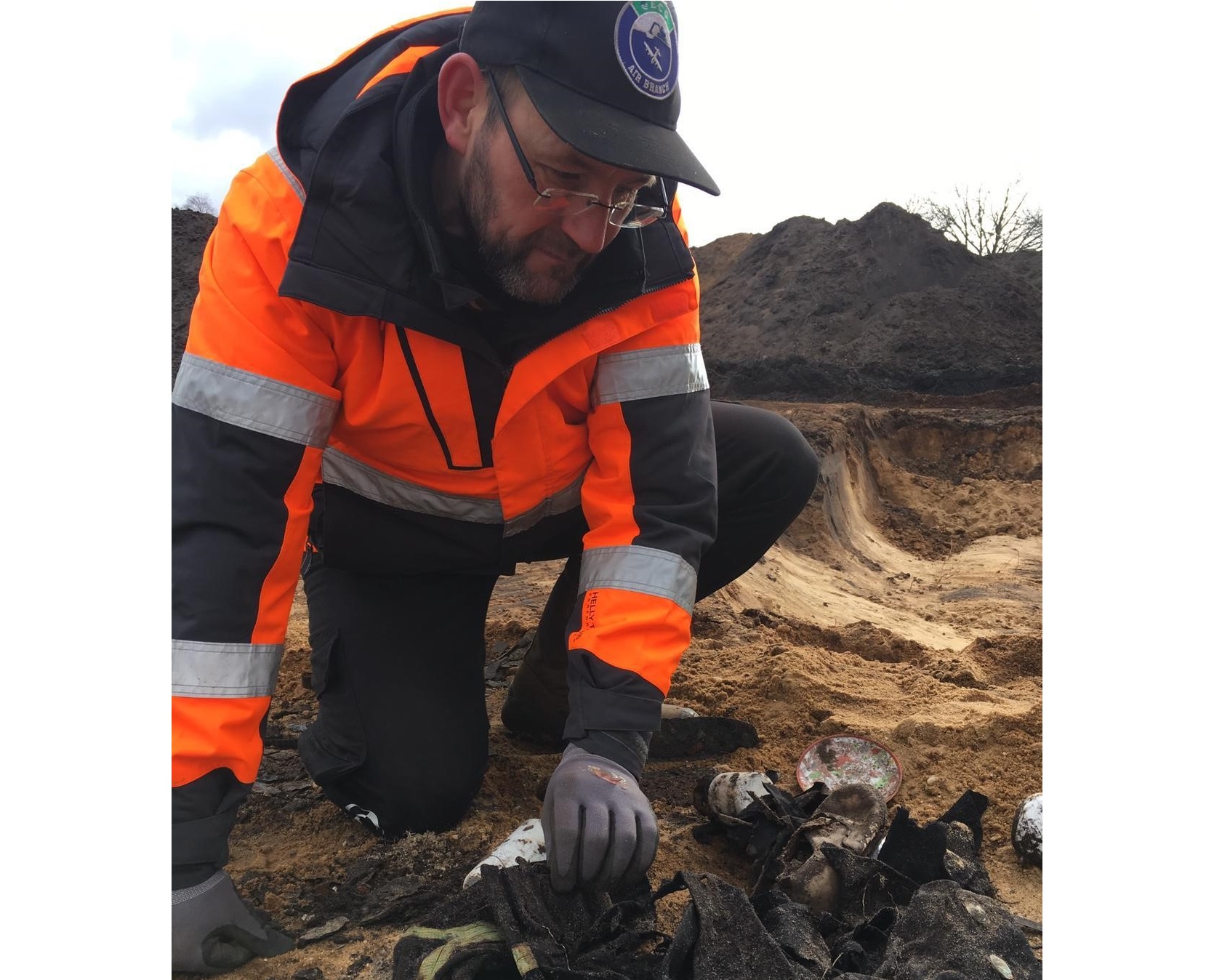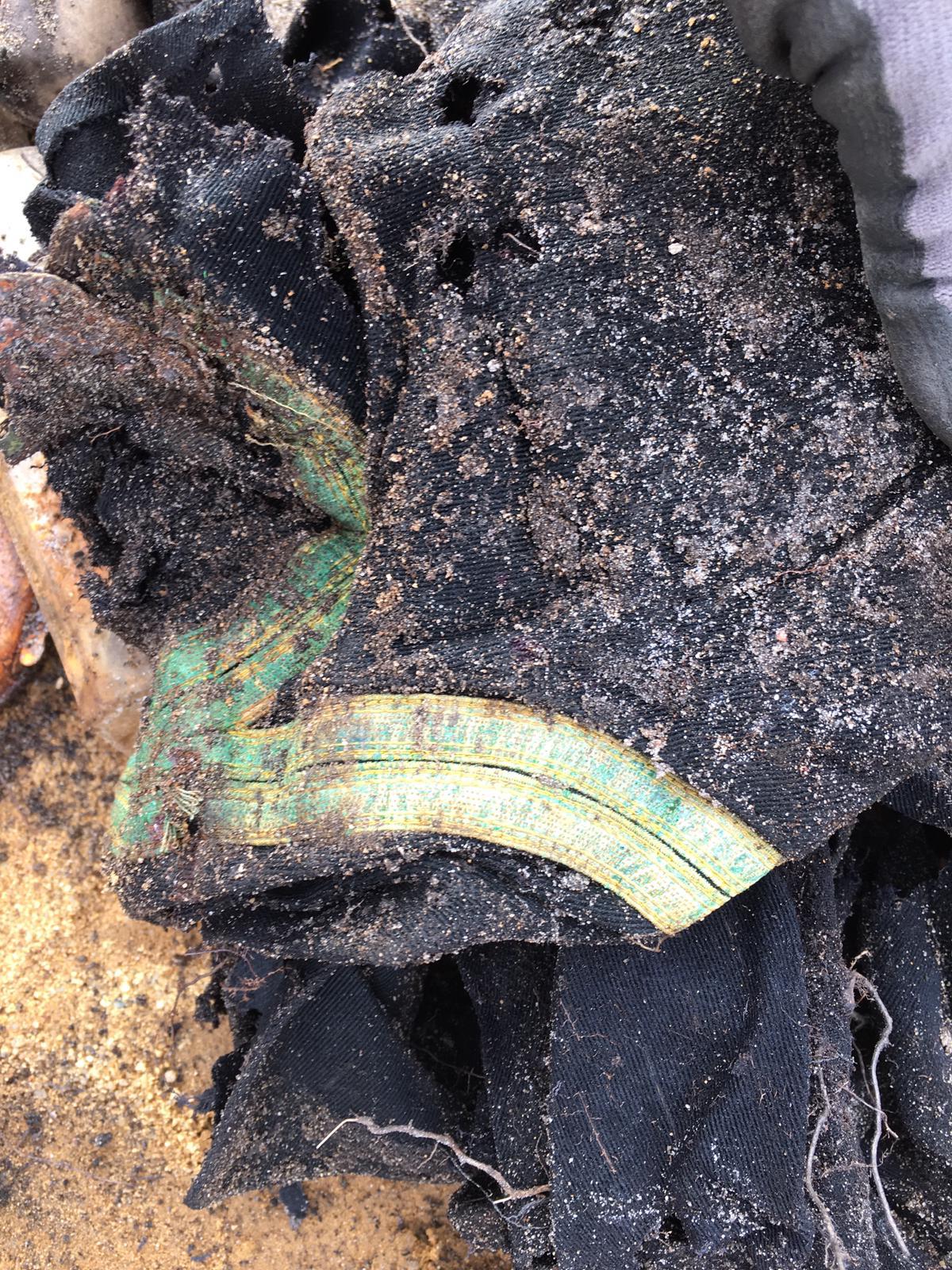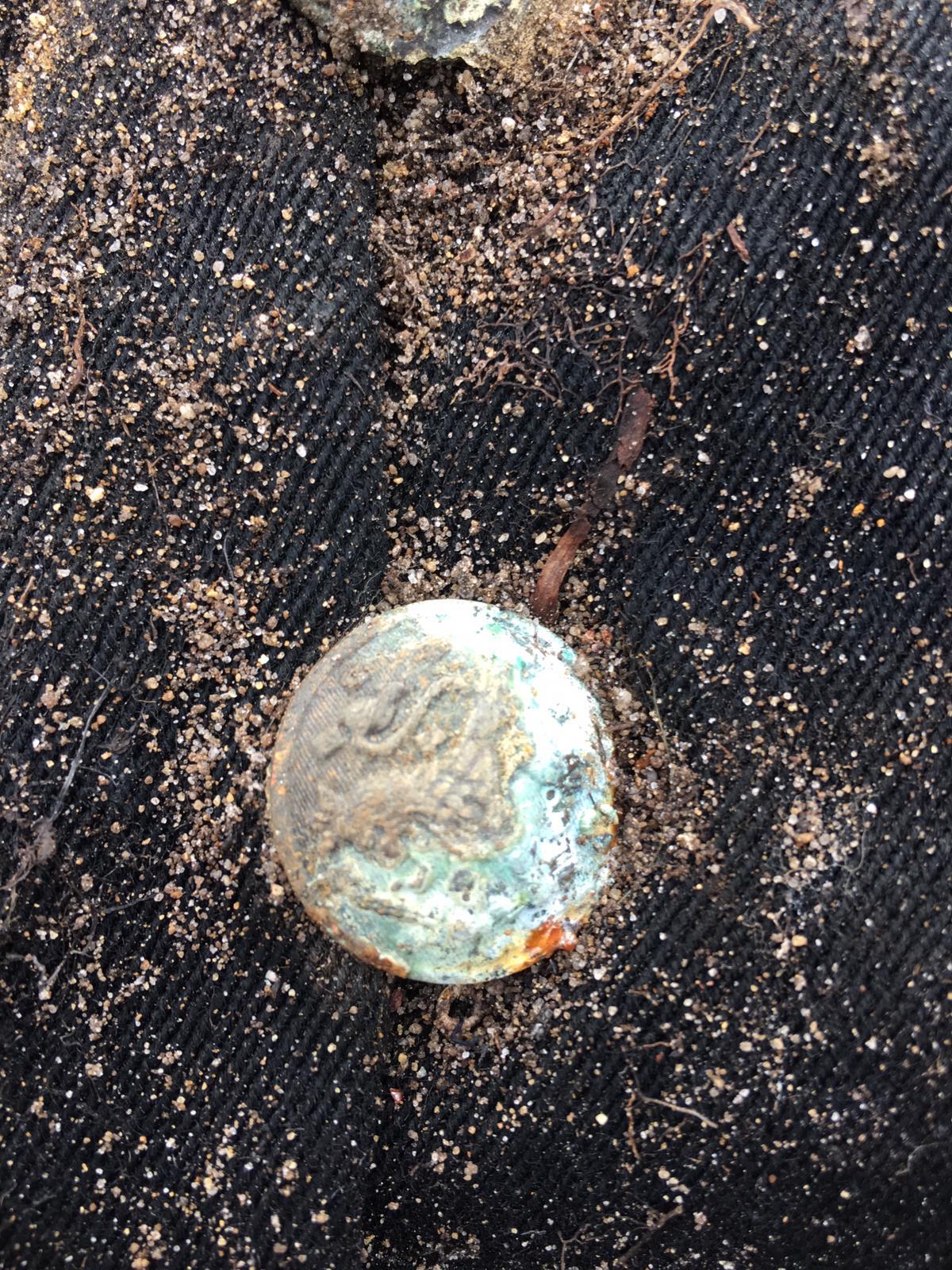Een bijzondere vondst op Vliegbasis Soesterberg
In opdracht van de Provincie Utrecht en het Rijksvastgoedbedrijf heeft ECG in samenwerking met BAAC (Bouwhistorie, Archeologie, Architectuur historie en Cultuurhistorie) opsporingswerkzaamheden onder archeologische begeleiding uitgevoerd op de voormalige vliegbasis Soesterberg. Terwijl ECG de verdachte locaties op het aantreffen van munitieartikelen benaderde en actief zocht naar Conventionele Explosieven (CE) concentreerden de medewerkers van BAAC zich op de archeologische waardevolle vondsten uit de benadering en het vastleggen daarvan. Op dinsdag 11 februari deden de conflictarcheologen van BAAC een buitengewoon bijzondere vondst.
Al weken werken ECG en BAAC op deze manier gezamenlijk op de voormalige vliegbasis Soesterberg. Bij het onderzoek zijn onder andere Duitse luchtafweerstellingen (Flak-Stellungen) aangetroffen en zorgvuldig in kaart gebracht. Binnen het onderzoeksgebied zijn ook fundamenten van vooroorlogse gebouwen aangetroffen. Deze gebouwen werden tijdens de oorlog door de bezetter gesloopt voor de aanleg van Fliegerhorst Soesterberg, het Duitse vliegveld. Van de huizen bleven alleen de funderingen en enkele grote kuilen met bouwpuin en huisafval in de bodem achter. Tussen oude huisraad werd een bijzondere en buitengewoon goed geconserveerde zwarte uniformjas gevonden. De jas was ooit eigendom van een Nederlands sergeant-majoor van de Luchtvaartafdeling (LVA) die dienst deed op het vooroorlogse vliegveld. De jas dateert uit de jaren 20 of 30 van de vorige eeuw en is nog voorzien van alle oud-Hollandse koperen ‘leeuwen knopen’ en twee chevrons (bijgenaamd bananenschillen). De Chevrons zitten onderaan de mouwen en zijn met goudkleurig koperdraad gestikt.
Afbeelding 1: Eén van de chevrons.
Afbeelding 2: Leeuwenknoop
BAAC heeft deze bijzondere vondst gedocumenteerd en afgevoerd voor verder onderzoek. De jas wordt geconserveerd zodat het behouden kan blijven en op een later tijdstip publiekelijk kan worden tentoongesteld. Aanvullend archiefonderzoek maakt het hopelijk mogelijk de jas toe te schrijven aan één bepaalde persoon.
Voor meer informatie over BAAC verwijzen wij u door naar:
www.baac.nl (archeologisch onderzoek)


